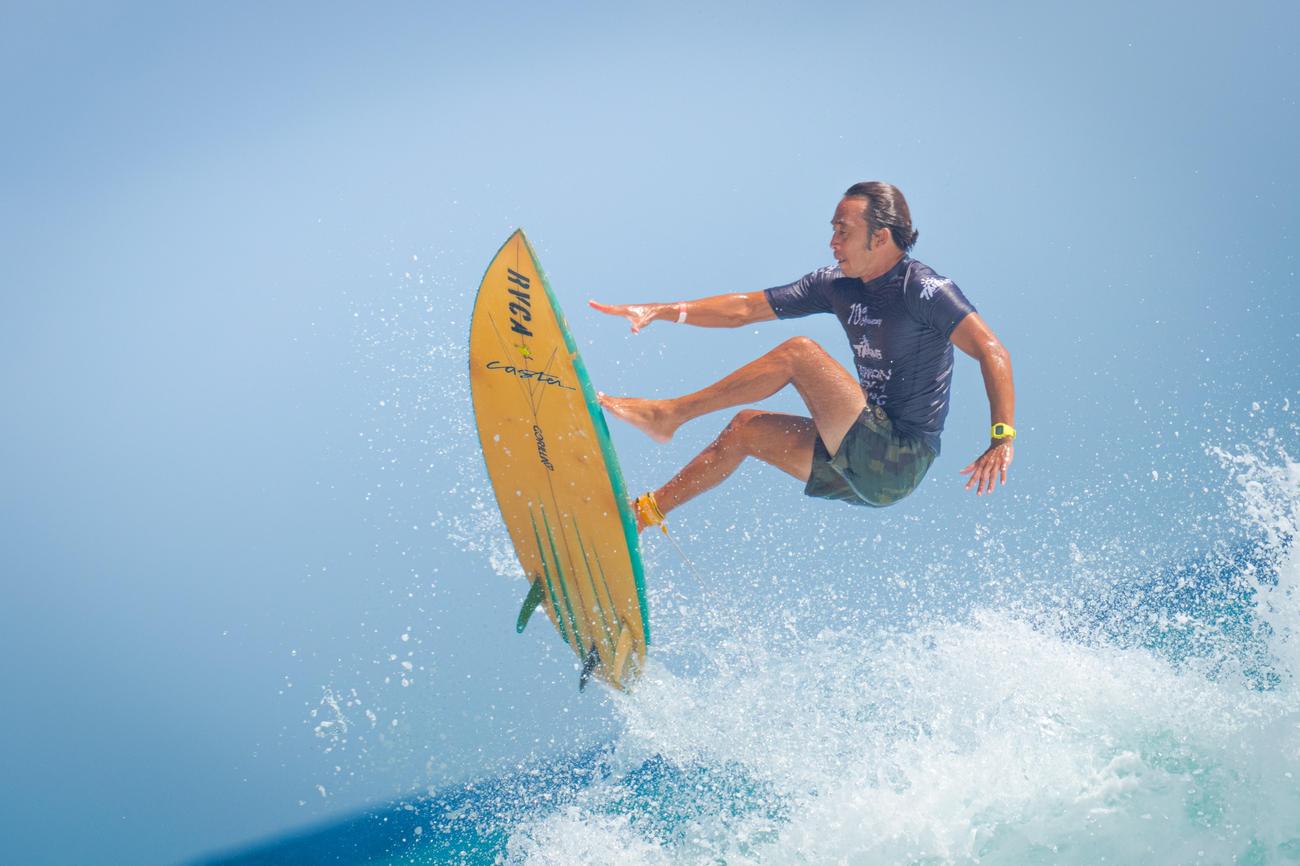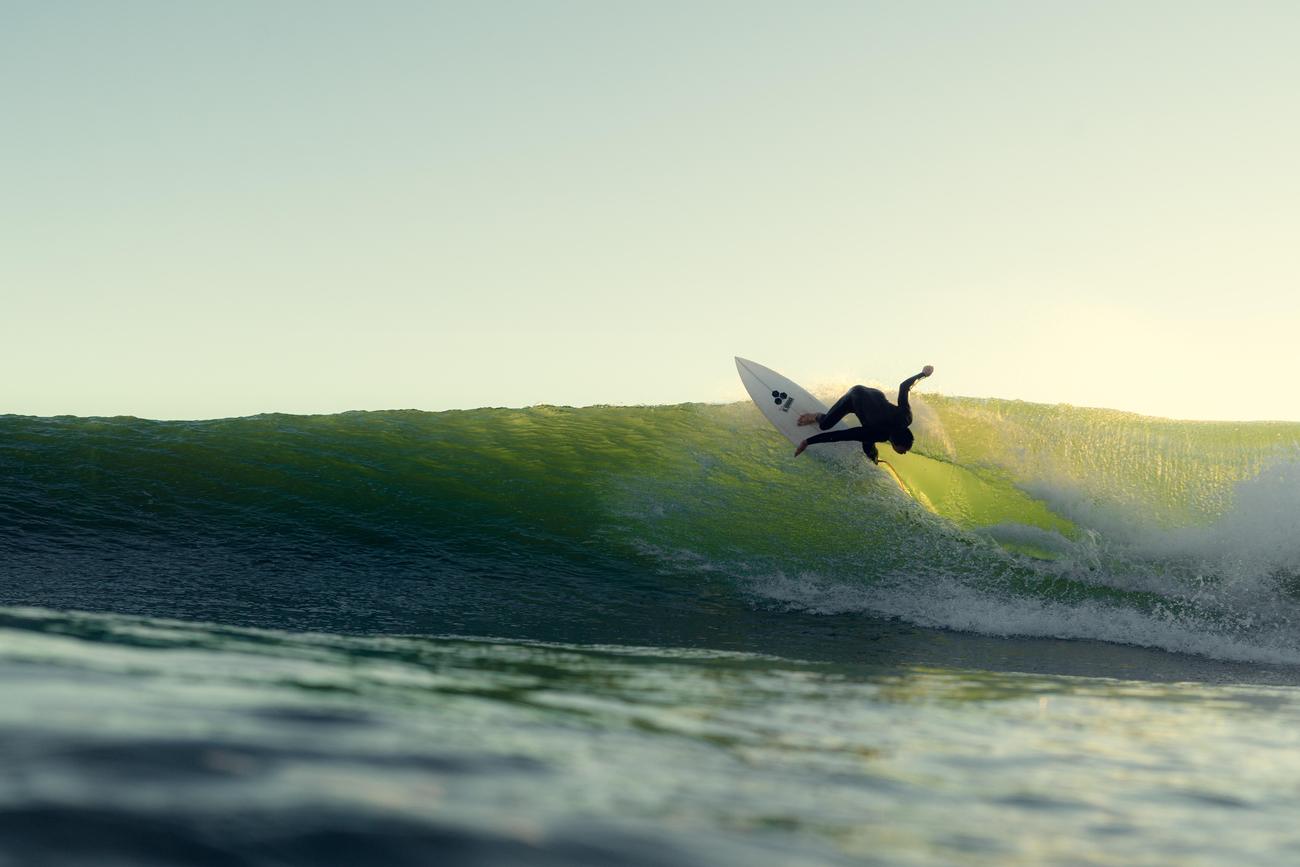Are you ready to dive deep into the rich and captivating history of surfing? Join me on an exhilarating journey as we explore the origins of this exhilarating sport, tracing its roots back to ancient civilizations and the birth of wave riding. From humble beginnings to the global phenomenon it is today, surfing has evolved in ways that few could have imagined. Get ready to ride the waves of history and uncover the untold stories that have shaped the world of surfing as we know it. So grab your board and let’s paddle through time, venturing from ancient origins to modern waves in our exploration of surfing history.

Surfing History
Surfing history is a fascinating journey that takes us back to the ancient origins of this exhilarating sport. From the early rudimentary wooden boards used by Polynesians to the modern waves that millions of enthusiasts enjoy today, the evolution of surfing has a deep cultural and historical significance.
Polynesian cultures have a long history of surfing, with the art of riding waves being an integral part of their daily lives. [Surfing history] can be traced back to ancient Hawaii, where it was known as heʻe nalu. Early explorers like James Cook documented this unique skill in their journals, capturing the essence of a sport that was deeply intertwined with the island’s culture.
But the history of surfing doesn’t stop there. Peru, with its rich coastal heritage, also played a significant role in the evolution of the sport. Ancient cultures in Peru would fish using kayak-like watercraft, which they then surfed back to shore. This connection between surfing and fishing showcases the practical and recreational aspects of surfing in different societies throughout history.
Surprisingly, surfing also developed independently in West Africa. Cultures in Ghana, Ivory Coast, Liberia, and Cameroon demonstrated evidence of the skill, further illustrating the global nature of surfing history. It’s remarkable to think about how this sport, which now attracts millions of enthusiasts worldwide, had its roots in diverse regions across the globe.
In the 18th and 19th centuries, surfing finally reached North America when Hawaiian princes introduced the sport to Santa Cruz, California. This pivotal moment in [surfing history] marked the beginning of the sport’s popularity in the Western world. Australian surfing also has a significant history, with Tommy Walker bringing a surfboard from Waikiki Beach to Manly Beach in 1910. These events underscore the spread of surfing and its ability to captivate people from different continents.
The evolution of surfing has given rise to a global industry that thrives today. But it’s important to remember that despite its modern popularity, surfing remains deeply rooted in ancient civilizations. It’s a sport that carries with it a rich cultural heritage, a reminder of our connection to the ocean and the thrill of riding its waves.
To truly understand the essence of [surfing history], we must dive into its ancient origins and marvel at its transformation over time. From the simple wooden boards of the past to the high-performance surfboards of today, the story of surfing is one that showcases humanity’s ability to adapt and explore the wonders of the ocean.
As we explore the [surfing history], let’s embrace the spirit of adventure and appreciate the skill and dedication of the surfers who have paved the way for this exhilarating sport. Whether you’re a seasoned surfer or someone who simply admires the beauty of the waves from afar, there’s no denying the profound impact that surfing has had on our world. So grab your board, paddle out, and immerse yourself in the remarkable history of surfing!
“Surfing history takes us on a journey through time, revealing the deep cultural and historical roots of this exhilarating sport.”
Surfing, a sport loved by many, has an intriguing history that often leads enthusiasts to wonder, “Who invented surfing?” If you’re eager to learn about the origins of this exhilarating water activity, you’re in luck. Click here to uncover the fascinating story behind the birth of surfing: Who Invented Surfing. Prepare to be amazed as you delve into the rich heritage and discover the remarkable individuals who paved the way for this beloved pastime. Get ready to ride the waves of knowledge and embark on a journey that will deepen your appreciation for the roots of surfing.
FAQ
Question 1
What is the origin of surfing?
Answer 1
Surfing originated in Polynesia, with the first surfers using rudimentary boards made of wood or bamboo. Polynesian cultures have a long history of surfing.
Question 2
When did surfing first appear in recorded history?
Answer 2
The art of surfing, known as heʻe nalu in the Hawaiian language, was recorded in journals by early explorers during the first voyages of James Cook. Ancient Hawaii has a storied history of surfing.
Question 3
Where else in the world is surfing historically significant?
Answer 3
Surfing has a rich history in Peru, where ancient cultures fished using kayak-like watercraft that they surfed back to shore. Additionally, surfing developed independently in West Africa, with evidence of the skill in countries like Ghana, Ivory Coast, Liberia, and Cameroon.
Question 4
When did surfing reach North America and Australia?
Answer 4
Surfing reached North America in the 18th and 19th centuries, with Hawaiian princes introducing the sport to Santa Cruz, California in 1885. Australian surfing also has a significant history, with Tommy Walker bringing a surfboard from Waikiki Beach to Manly Beach in 1910.
Question 5
How has surfing evolved over time?
Answer 5
Surfing has evolved over time, creating a global industry with millions of enthusiasts worldwide. Despite its modern popularity, surfing has deep cultural and historical roots that can be traced back to ancient civilizations.
- Unveiling Bernhard Caesar Einstein’s Scientific Achievements: A Legacy in Engineering - July 15, 2025
- Uncover who is Jerry McSorley: CEO, Family Man, Business Success Story - July 15, 2025
- Discover Bernhard Caesar Einstein’s Scientific Contributions: Unveiling a Legacy Beyond Einstein - July 15, 2025















